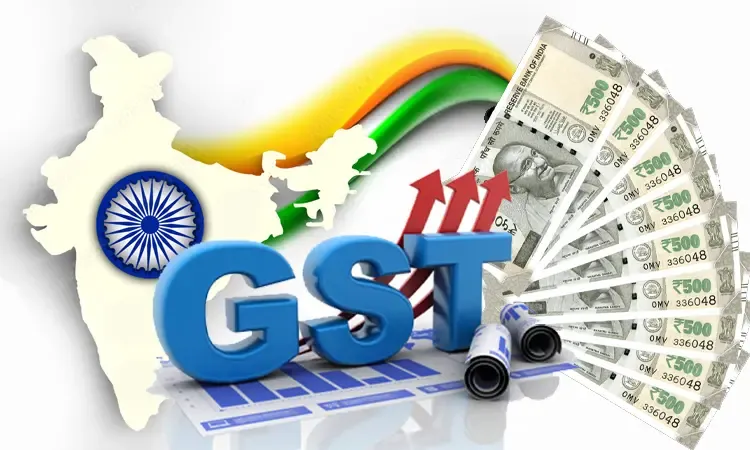Did GST Rate Cuts Drive Festive Demand and Manufacturing Output?

Synopsis
Key Takeaways
- GST rate rationalization boosts consumer demand.
- Manufacturing output rebounded during the festive season.
- Future demand sustainability depends on economic conditions.
- GST cuts have lowered prices for essential goods.
- Projected GDP growth is 6.5% for FY 2027-28.
New Delhi, Nov 24 (NationPress) The rationalization of GST rates has significantly enhanced consumer demand and boosted manufacturing output during the recent festive period. The sustainability of this growth will hinge on wider economic factors and specific industry trends in the upcoming quarters, according to a report released on Monday.
Credit ratings agency ICRA indicated that manufacturing saw a resurgence as companies prepared for the festivals, with a notable increase in consumer durables, both sequentially and on a year-on-year basis.
“While the GST reforms may continue to support the demand for everyday or lower-priced items post-festivity, it remains to be seen whether the demand for high-value products can maintain its momentum,” the report stated.
It was also highlighted that “a significant portion of the benefits from the GST rate reductions will be offset by the star labelling requirements that are set to be implemented in January 2026.”
The year-on-year growth in GST e-way bill generation decreased to 8.2% in October, down from 21% in September, attributed in part to the shifting of the festive calendar.
The report emphasized that the GST cuts have had a visible effect on pricing, as the core consumer price index, excluding gold, remained unchanged in October, contrasting with the usual monthly rise of 0.4–0.5%. The reduction in GST rates has alleviated the tax burden for both consumers and businesses by lowering prices on essential goods and enhancing affordability across vital sectors.
The analysis covered several key industries, including two-wheelers, passenger vehicles, tractors, commercial vehicles, fashion retail, insurance, room air conditioners, budget hotels, cement, fertilizers, specialty chemicals, and upstream oil and gas.
A report from Morgan Stanley earlier this month noted that macroeconomic indicators are stable, allowing policymakers the flexibility to foster growth through monetary and fiscal strategies. With expectations of increased consumption in both rural and urban areas, GDP is projected to rise by 6.5% in FY 2027–28.









